HIKING-ATTENTION
ATTENTION FOR HIKERS
Ancient Japanese people were in awe of distant peaks, lush forests, and precipitous cliffs. We also revered mountains, which we considered to be the source of water and life, as sacred places.
Shugendo is a fusion of nature worship, Shintoism, and Buddhism, and has a 1,300-year history as the first sacred place of mountain worship in Japan. The mountains of Omine in Tenkawa Village have had a considerable influence on the spiritual formation of the Japanese people.
Landscape, culture, and history in harmony with nature. We would like everyone to understand that we have inherited the sacred natural environment and must preserve it at a high level as an important place where many high priests and noblemen have visited, creating new things and encouraging revival.
About “Omine”
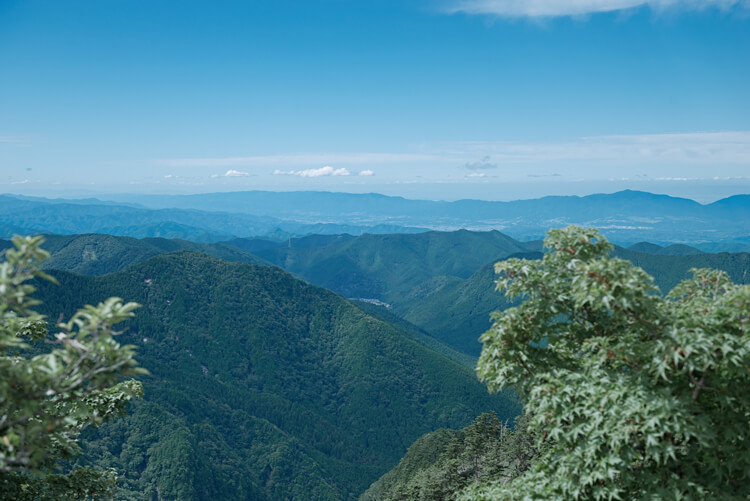
The Omine Mountains offer magnificent scenery that forms the backbone of the Kii Peninsula. Important natural resources such as the Special Protected Area in the Yoshino Kumano National Park is also part of the mountain range. It is said that the Omine Mountains were the first mountains in Japan that people worshipped and climbed as “objects of worship.” Even today, this sanctuary with a 1,300-year history is where mountain ascetic monks of Shugendo called Yamabushi and people seeking to reexamine their inner selves practice asceticism.
It is believed that people have been making pilgrimages to the Omine area since ancient times, as relics from the Nara period have been excavated from the area. In addition, along the ancient Omine Okugake route that connects Yoshino in Nara and Kumano in Wakayama, there are 75 sacred places of worship called “Nabiki,” where votive tablets and other religious objects are kept. These natural and cultural landscapes were registered as UNESCO World Heritage Sites. Please visit and climb the mountain with a full understanding of its historical and spiritual significance that can only be encountered here.
The Omine mountain range is characterized by its deep mountains , therefore, a certain number of accidents and other incidents happen every year. When climbing the mountain, be sure to check the course on a hiking map or GPS map application, bring sufficient food and equipment, and submit a mountain climbing report to the local office or in the box at the trailhead.
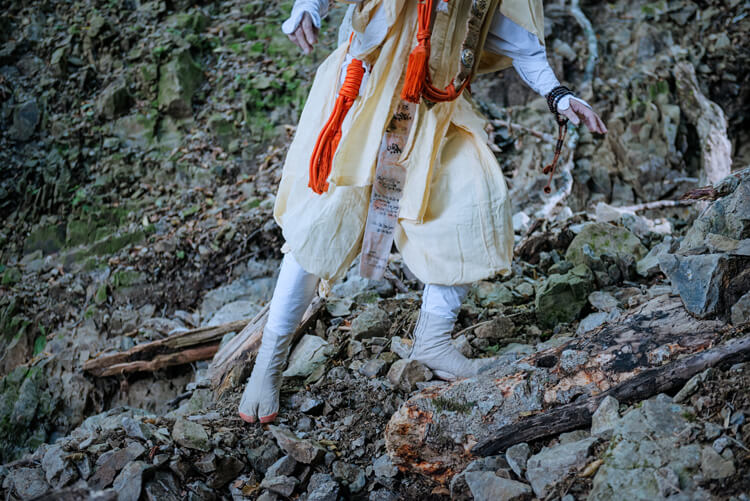
“Who knew Nara's mountains were so deep......”
The Omine mountains, with the highest peaks in the Kinki region, are characterized by deep mountains and ridges. Make sure to be equipped well with maps and an app that can check your location. QR codes for downloading “Yamap” (map of mountains) are available at tourist information centers, mountain lodges, and trailheads with a cell phone signal.
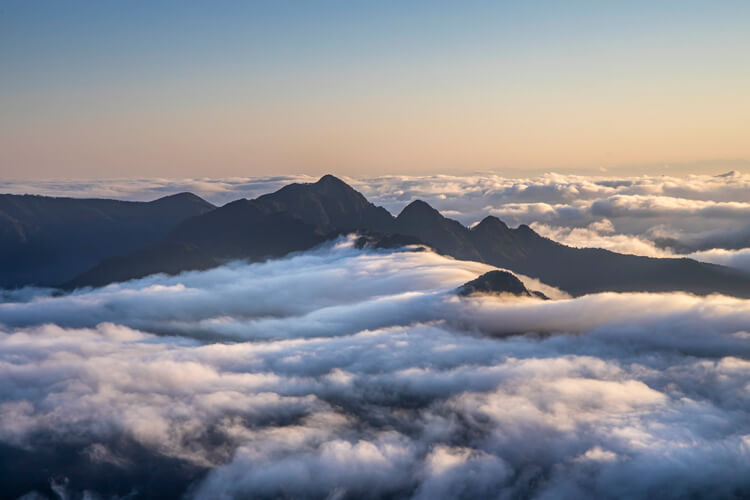
“Who knew the weather could be so different in the mountains of Nara......”
Around the summit of Omine mountains, the first snow usually falls in November and the snow remains until early May. Also, during typhoons, warm southern winds start blowing days in advance. Even if it is clear below where you start climbing the mountain, the summit can be covered with mist and hail. It often happens that you can see only 3 meters ahead due to fog and mist. It is such a joy to climb a mountain but it is also important to understand the point to give up with the ever-changing weather conditions and temperatures. Make sure you have enough equipment to enjoy the mountains of Omine, a sacred mountain range that has a long history as a place for ascetic practices.
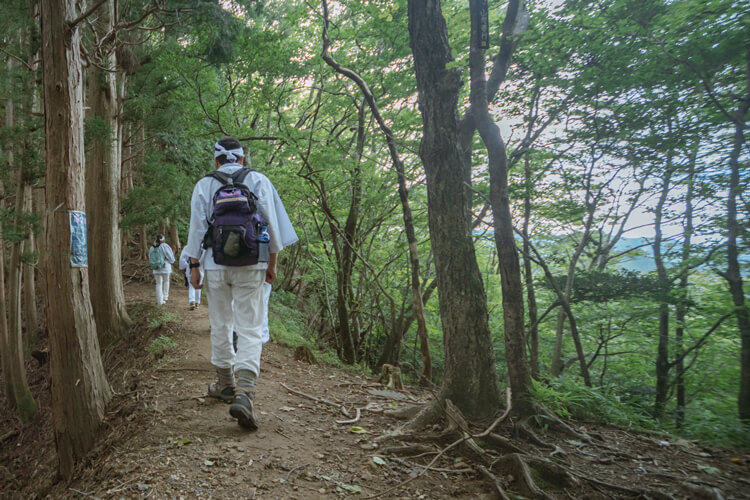
If you are “lost”
Try to remain calm in case of sudden changes in weather conditions or other problems. In areas where people often get lost, look for the tape wrapped near the ground and around branches as a guide! Also, be sure to carry a map and compass. Make a schedule with plenty of time to spare. There are only minimal number of signs in the mountains: that is the way it is in the mountains.
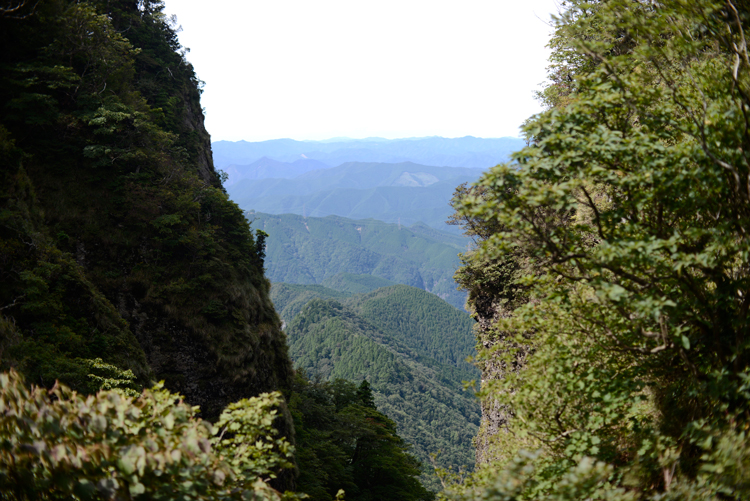
Watch out for slips and falls!
You must be careful not only at the slippery areas but all the time in the mountains. You might slip due to fatigue or a physical condition: be even more cautious in places where you think you'll be fine. A small carelessness can lead to a serious accident, such as when a stump on which you put your foot is rotten and you end up in a ravine. Be aware that your life is in danger while climbing. Don't underestimate the mountain.
Be prepared in case of emergency.
- Be sure to submit a mountain climbing report (there are post boxes at the office and at the trailhead).
- Bring a cell phone. You can use your cell phone in some areas (usually there is no signal coverage on the mountain. It is recommended to set your phone to Airplane mode and carry a spare battery in case the battery runs out).
- If you get lost due to sudden changes in the weather, find clues such as tape wrapped around tree branches: Depending on the case, you might have no choice but give up climbing and return. Do not go down to the valley, but go up to the ridge.
Have an enjoyable time in the mountains by observing manners and rules.
- Do not walk on areas that are not designated as trails.
- Take your garbage with you.
- The entire area of Tenkawa Village has been designated as a UNESCO Eco-Park, which aims for the coexistence of nature and human society. The mountainous area is designated as Yoshino Kumano National Park. The flora and fauna in the mountains are precious treasures. It is a crime to capture or take them home. Please understand the uniqueness of the Omine mountains (nature, history and culture) and cooperate with us.
- Refrain from climbing alone.
- Make a schedule with plenty of time to spare.
 Tenkawa Village Sightseeing Page
Tenkawa Village Sightseeing Page